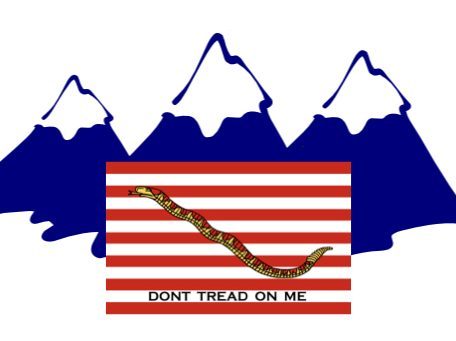Another wargame designer has passed. Dean Essig, distinguished wargame designer, founder of The Gamers, and long heart of Multi-Man Publishing passed this past week. Speaking for myself, I will remember Dean not so much for the games he designed in years past, but for his incredible gift of keeping the classic hex and counter wargame fresh for wargamers of today.
The freshness in wargame design that Dean brought to my gaming table that I will miss the most are not one particular game or games, but instead the game series he pioneered with the Standard Combat Series.
The Standard Combat Series (SCS) enables both experienced and beginning players to enjoy simple to play and quick to learn games. Each game is a quick-start, complete simulation: rules, a detailed color map, 280 counters, and everything else needed to recreate the campaign in question.
“Standard Combat Series” via MMP
In SCS games Dean brought freshness to wargames even when keeping to the tried and true hex & counter format. The SCS games are what is known in game design as a “war engine.” Unlike a monographic game (i.e. a distinct set of rules for each game design) SCS is, to use the words of Jim Dunnigan, a “system for the serial production of multiple games” (Harrigan & Kirschenbaum, p. 92).
At first glance, a SCS game might look very generic. I mean, the title alone seems off-putting for why would any sane wargamer want to play a bog-“standard” wargame? The beauty is in the rule book, literally. Each SCS game has a Series Rule Book (the latest is available as a free download on the MMP website) as well as game-specific rules. With the SCS series using a “standard” set of rules the learning curve when jumping from one game to another in the series can be dramatically reduced.
It is within those game-specific rules, however, that one finds what I call “the gimmick.” The “gimmick” is a set of rules or game mechanisms that is added to the game in order to bring some particular aspect of the battle or campaign into focus. For example, in Panzer Battles: 11th Panzer on the Chir River the “gimmick” is Game Rule 1.8 Activations which introduces a chit-pull game mechanism to determine the activation order of formations. As Dean’s own Designer’s Notes for the game relate:
11th Panzer was able to take on the more numerous Red Army forces coming at it from a number of directions by literally doing more in the same amount of time. In earlier times this would have been called ‘defeating them in detail’ (which is very much the case here) but how that ‘defeat in detail’ occurred is critical. The Germans were able to take advantage of the spread out Russian pincers not because of any ineptness on the part of the Russians, but rather because the Germans were operating on a decision cycle or OODA Loop at a far higher tempo than the Russians could manage.
This was directly installed as a design concept in the form of what was then a fully free-form Chit Pull activation system whereby the 11 Pz was unfairly represented in the number of chits in the cup. Obviously, they would do more for that simple fact alone.
Panzer Battles, Game Rules, 4
Thus, each SCS game is “the same but different;” simultaneously familiar yet distinctive. That is the Dean Essig design signature that entertained me the most over the years. The design genius of Dean was his ability to take a wargame design approach, rooted in the 1970’s and 1980’s, and find a way to make every game fresh even in the 2020’s. Dean understood that all not all wargames need to be huge, drawn out affairs. There was—and is—a market for fun wargames. Dean recognized that need and gave us SCS. Thank you, Dean.
So it comes that I must sadly bid a fond farewell to Dean Essig. I can only imagine Dean sitting in heaven with a hex map and counters laid out rolling sixes as Saint Peter looks on approvingly.
References:
Harrigan, P., & Kirschenbaum, M. G. (2016). Zones of Control: Perspectives on Wargaming. The MIT Press.
Feature image courtesy Ritter Krieg
The opinions and views expressed in this blog are those of the author alone and are presented in a personal capacity. They do not necessarily represent the views of U.S. Navy or any other U.S. government Department, Agency, Office, or employer.
RockyMountainNavy.com © 2007-2024 by Ian B is licensed under CC BY-SA 4.0 ![]()

